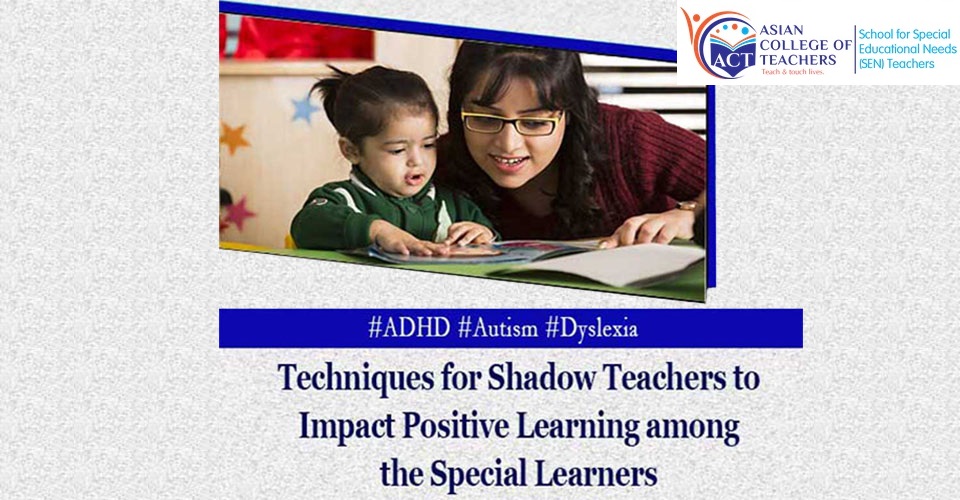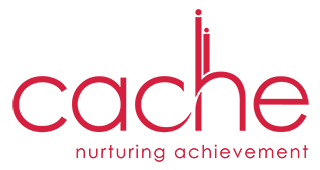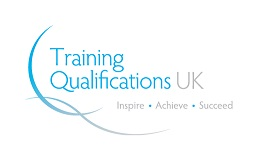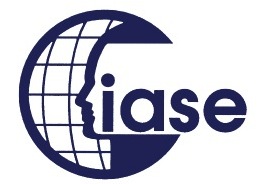Techniques for Shadow Teachers to Impact Positive Learning among the Special Learners
21st August 2018

Working as a shadow teacher has been a challenge or thinking of performing such a task require you to strategies on the behavioural patterns of students. Learners who are cared for by the shadow teacher have some learning disabilities like ADHD, autism, dyslexia. Usually to guide them the counselling person followed by the special needs teacher would coordinate with each other and form a particular ‘Individualised Education Plan’.
What is the agenda of this Individualised Plan?
Before targeting to reach the point of bringing positive learning among the special learners, it is required to frame or plan a personalised planning – that’s the sole purpose of this Individualised Plan. The entire format is consists of the specific academic, behavioural and functional goals.
Key Elements of Individualised Plan -
It includes the four key elements:
- Measurable
- Attainable
- Relevant
- Time-bound
Prior to mitigate the learning orientation of the gifted children, the IEP stress on aiding them using kinaesthetic learning. Most of the evidence regarding the specially abled children have excellent creative skills and intellectual capacity but due to some behavioural or neurological or cognitive issues, find it hard to maintain proper pace. Thus, emphasise strictly on visual learning needs, other than providing scientific tools when explaining the mathematical or chemical reaction to the children.
Young kids are fetched to the laboratory, which is meant exclusively for them – to experiment, excite and manage their curiosity. At the end of the learning process, the lesson outcomes proved to consider the ‘development of artificial web-shooters’.
How partnership form another queue for Shadow Teachers?
Learning is not confined to books or any textual presented. With the world changing their outlook, particularly seeking help from the technological integration social manners are parts of the classroom education. Earlier children have little scope to seek the blessings of technological innovation, and so teachers would often blame the families for not properly educating their wards with the social skills.
Thanks to the latest teaching methods such blame game has been stopped. Now both parents and teachers are in a partnership mode – making it a responsibility of both the assigned guardian and premises to care the wonders.
Aiding the social skills for positive learning -
IEP takes the centre stage where the focus is on emphasising strengths. This is done by providing support, care, setting up clear set of rules and also push lessons on the ‘moral grounds’. Basically, the outcome aims to refer and form an ‘organised and balanced approach’ to not scale the children in any kinds of criminal or wrong sides.
To help submit against the emotional disturbing behaviour, certain correctional measures are considered in the IEP plan. Accordingly, the key area of focus which would behave like correctional measures – ‘let the entire class know or learn about the prosthetic limbs’, create space to reassure the personal spaces within the classroom.
All of these shadow teaching techniques are part of the behavioural measures, which would facilitate positive learning. It has been providing the roadmap to manage the problems and accordingly offer a greater chance, of helping children ‘develop or gain the developmental skills’ – exclusively essential to regulate the behaviours of their own.








